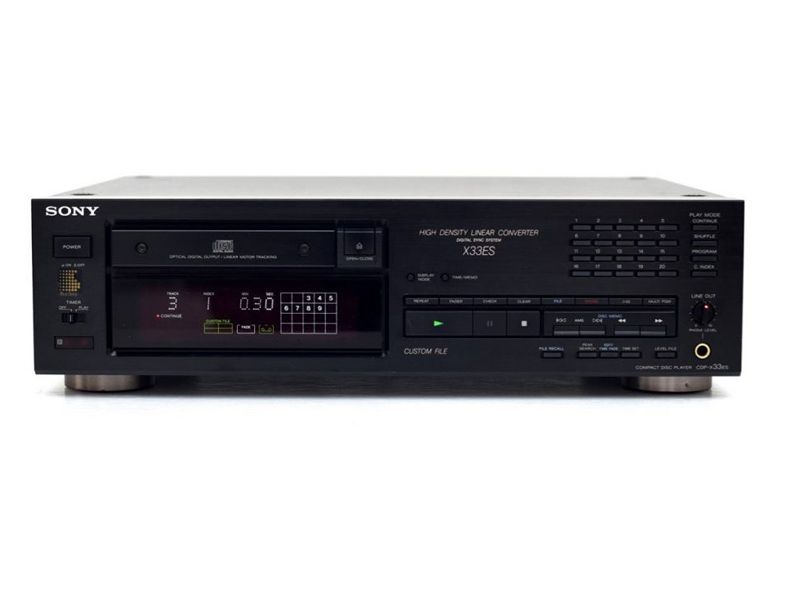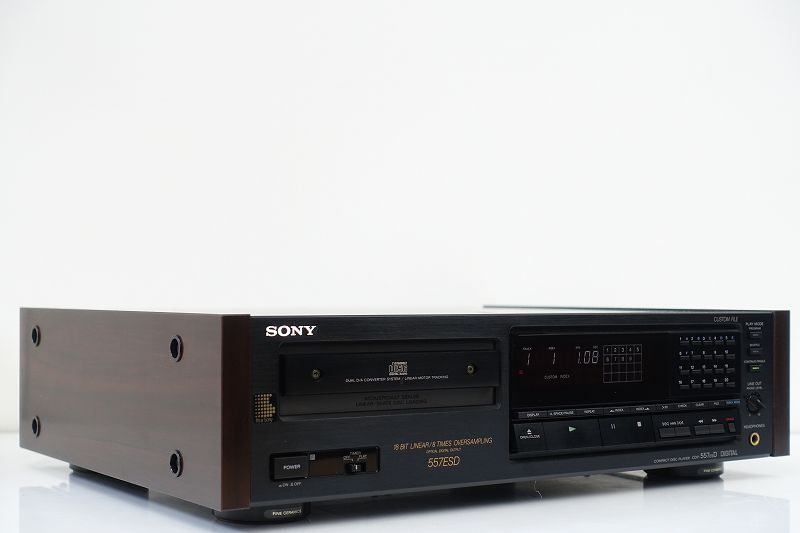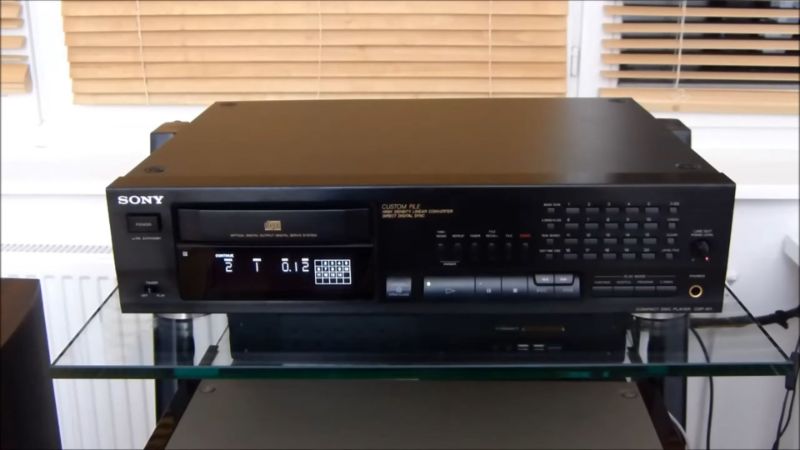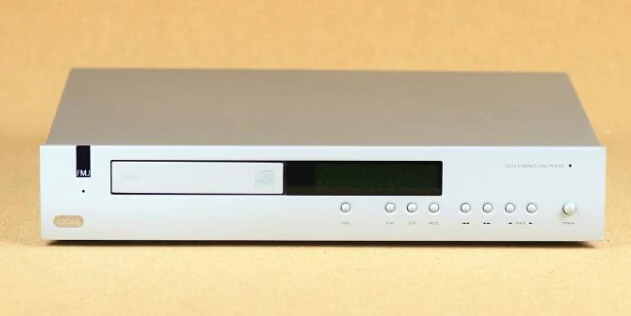Experienced readers will be aware that Marantz is effectively owned by Philips, and that, while many Marantz equipment is imported from the Far East, its CD players, in particular, are based on Philips designs, despite their outward look. In actuality, Marantz is given a reasonable amount of leeway in deciding which models to target for specific markets.
This new Marantz CD-45 is clearly based on the lightweight budget-priced Philips CD I 50, which I enthusiastically reviewed in January, page 983. It even has the same £229 UK retail price (though I understand the CDI50 has since been reduced to £199.95), but the layout and extent of the controls are slightly different.
For example, tapping either end of a double-length key switches Play/Replay and Pause. During play, pressing the Play/Replay end button forces the machine to re-start the track currently being played. The Stop/Clear button will either pause play and return the display to the total number of songs and total playing time, or it will clear any previously programmed sequence in the memory.
During play (track skip) or programming numbers into a desired order, a pair of Select keys will shift the laser forward or back one track at a time. The two Fast Search buttons are labelled Index, but they perform the expected high-speed forward or backward search function: it happens slowly for the first three seconds, then a little faster (both with audible sound), and eventually at top speed with no audible sound. The labelling “Index” indicates that these keys are dual-purpose, allowing play to begin at any of the Index positions (so far encoded on only a few opera and orchestral discs).
The procedure is to choose the desired track with the Select keys, then set up the Index number with the Index keys. A repeat key for whole-disc or programmed sequence repeat-play, as well as a recall key for revisiting the track sequence recorded in the memory, are also available. When a disc is first loaded, the display features little green digits that represent the total number of tracks as well as the total playing duration. This switches to Track Number and Track Elapsed Time during play, but if preferred, a Display changeover key changes it to indicate total time remaining.
On the back panel, in addition to the normal pair of output phono-connectors, there are Sync Rec, Easy Bus, and Remote Bus sockets for automatic operation with compatible Marantz cassette decks and rack systems. These connections require special green and orange phono cables, in addition to the conventional white and red signal wires. The two-wire mains cable is detachable, and spacer feet are included for use in enclosed rack cabinets when extra ventilation is desired. The user’s guide is well-illustrated in eight languages, however the English translation is of varying quality.
Not surprise, the performance and ease of use of this Marantz CD-45 were very similar to the Philips CDI50 look-alike. In terms of technical performance, the standards were on par with the best currently available from mid-price designs, which means that frequency response is well balanced and extends smoothly across the entire 20-20,000Hz spectrum, while noise and distortion are kept to levels that are barely audible.
On both channels, the measured frequency response was practically flat, as shown in Figure I. At all frequencies, crosstalk has been kept to an extraordinarily low –96dB. Figure 2 shows the symmetrical ringing effect typical of these Philips-type four-times oversampling/digital filter models, as shown in my customary I kHz square-wave plot. The measured signal-to-noise ratio was 96.5dB unweighted, or I12.5dB A-weighted, and total harmonic distortion (including noise) was close to the advertised 0.004%.
The error correction was excellent, passing all of the regular tests with ease. The light non-metallic case of this model, which does not retain energy to the typical level, may have contributed to the low mechanical noise during play. External vibration resistance was also commendable, but a firm base would be preferable, with extra push-on feet added if ventilation appeared to be insufficient.
Track 1 took roughly 2 seconds to start and Track 15 took about 5 seconds to start. I’d occasionally find that a DVD wouldn’t start till I re-set it in the drawer. Experiments revealed that the shallow sides of the disc platform’s core and outside halves were to blame. Some Japanese-made discs had to be carefully centered on the platform in order to work properly in Play mode.
Subjective sound quality was quite convincing, detailed, and free of the harshness that some CD players produce. At all levels, music of all kinds demonstrated perspective depth and a genuine tone, with well-recorded albums like the Berlioz Symphonic fantastique (Montreal/Dutoit, Decca 414 203-2) and Beethoven Piano Sonatas Nos. 2 and 4 (Gilels, DG4 I 5 481-2) standing out.
My smaller collection of pop CDs, which had recently been bolstered by the best-selling Dire Straits album “Brothers in Arms” (Vertigo 824499-2) handed to me on my recent PolyGram Hanover visit recounted on page 1474, burst to life in a similar way. This player excelled in all aspects of performance, including transients, powerful bass, and wide dynamics.






